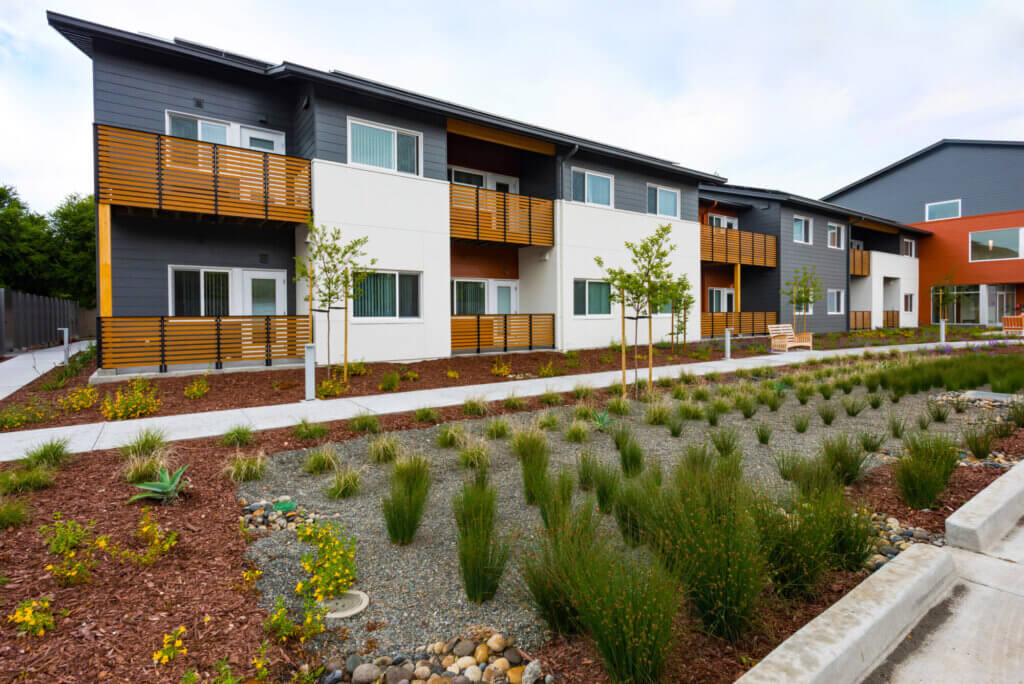New Resources for Understanding Land Use in California
Published On December 6, 2018
Local land use–the accumulated set of decisions and policies about whether, how, and what we build–is a current that runs throughout much of our work here at the Terner Center. Land use policy not only shapes the supply of housing in a region, but is also deeply intertwined with sustainability, economic mobility, and access to neighborhoods and opportunity.
 Made possible by funding from the Department of Housing and Community Development, in 2017 the Terner Center launched a survey of planners across the state to learn more about local land use policy contexts in California.
Made possible by funding from the Department of Housing and Community Development, in 2017 the Terner Center launched a survey of planners across the state to learn more about local land use policy contexts in California.
The Terner Center has released the Terner Center California Land Use Data Set, the most up-to-date jurisdiction-level resource on policies that affect the production, location, and preservation of housing in the state.
The data set includes survey responses from 252 cities and 19 unincorporated county areas, and touches on issues from how land is zoned for different uses to the process a project goes through to get approved to policies aimed at producing affordable housing. It will help citizens and policy makers alike understand how cities in California are approaching the use of their land, and with what effect on the quantity, accessibility, and affordability of their housing.
We are also releasing a complementary descriptive report which catalogs and visualizes some of the most significant results of the survey. For example, the graphic below depicts a striking insight into zoning practices in California. 
That, on average, there is more land designated for single family housing than for multi-family housing and non-residential purposes combined points to important opportunities for intervention that would go a long way to addressing the state’s severe shortage of housing.
Beyond specific figures and facts, the survey results and report also offer those outside the planning profession a view into the perspectives of those structuring and implementing land use decisions at the local level. For instance, planners were asked to identify the key drivers impeding the development of new housing in the state. The results, depicted here, speak volumes to the perceived barriers to new residential development. While planners point to land supply and parcel configuration as the biggest challenges to getting new homes online, we know other stakeholders point to issues such as construction costs and the regulatory environment as key impediments to expanding supply.

Producing and sharing this data set is an important first step in designing and deploying more effective land use policy decisions in the state. But we know data are most useful when analyzed with specific research and policy questions in mind, and when looked at in connection with other data and insights. For that reason, we’re also pleased to announce the launch of the California Land Use Working Paper Series, made possible with the support and partnership of the California Association of Realtors’ Center for California Real Estate. Papers in this series will be authored by leading planning, housing, and economic researchers from across the country, and will explore how land use can influence everything from environmental outcomes to regional productivity to patterns of residential segregation. We expect the first paper to be released in early January 2019. Sign up to stay notified of releases here.
Are you a land use planner inside or outside California, a policymaker looking to develop better solutions for your jurisdiction, an advocate looking for new data to support your work, or a citizen seeking to better understand the housing context in your community? Let us know! We’d love to hear how you make use of these data and how the Terner Center can maximize their usefulness in the field.





